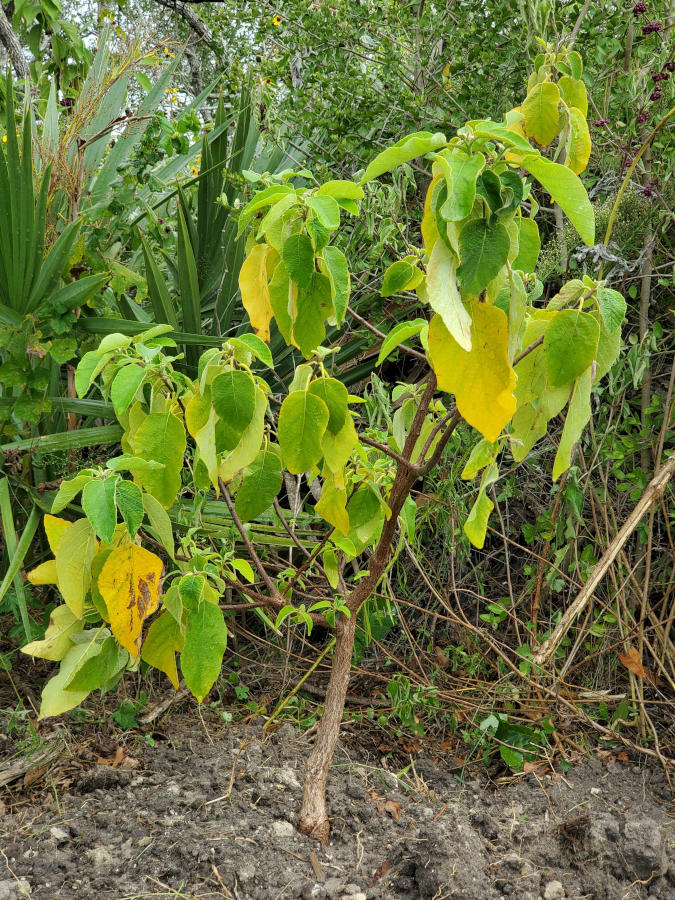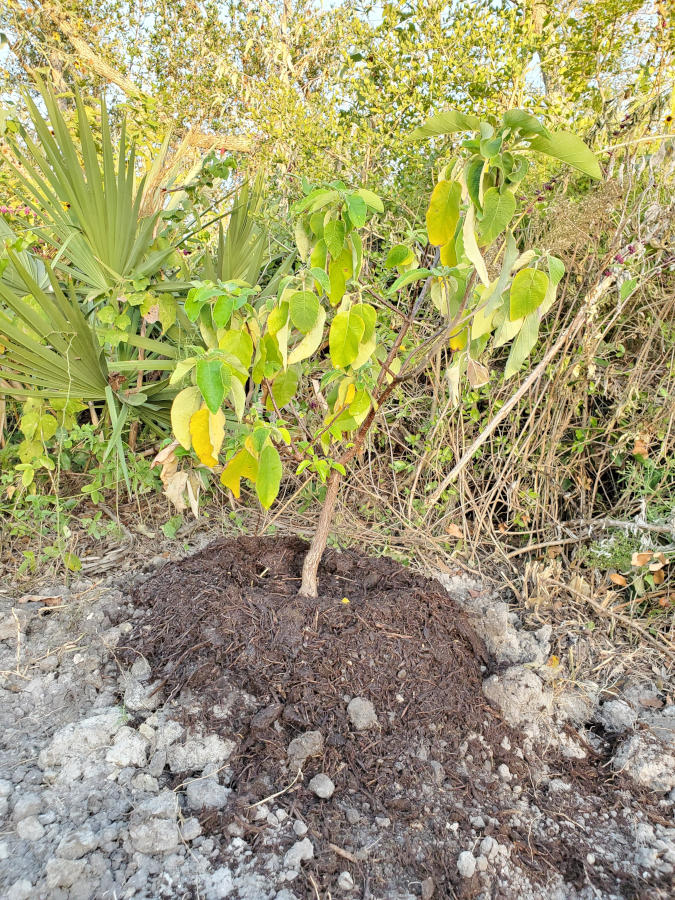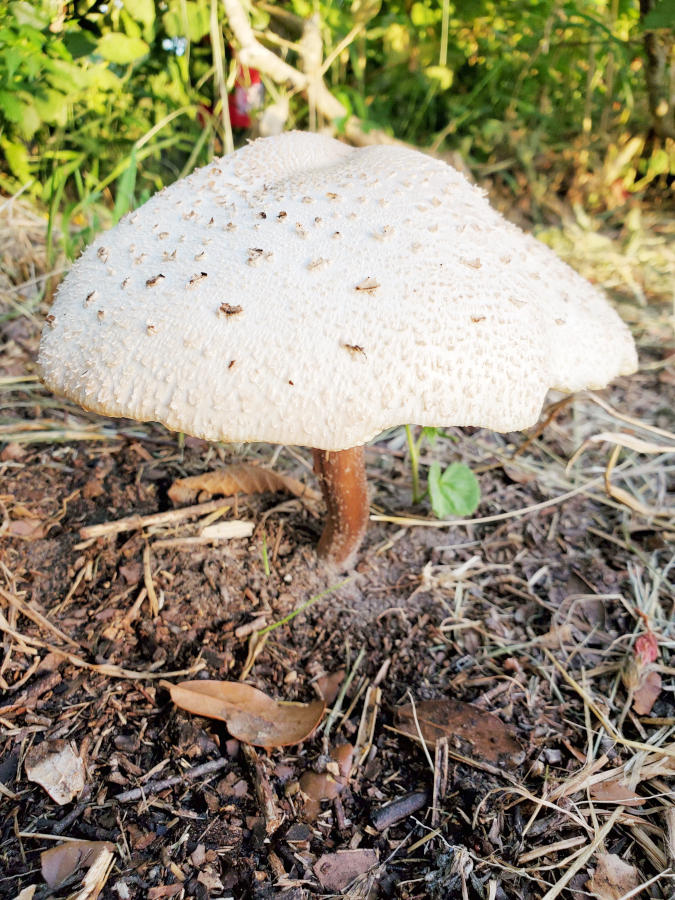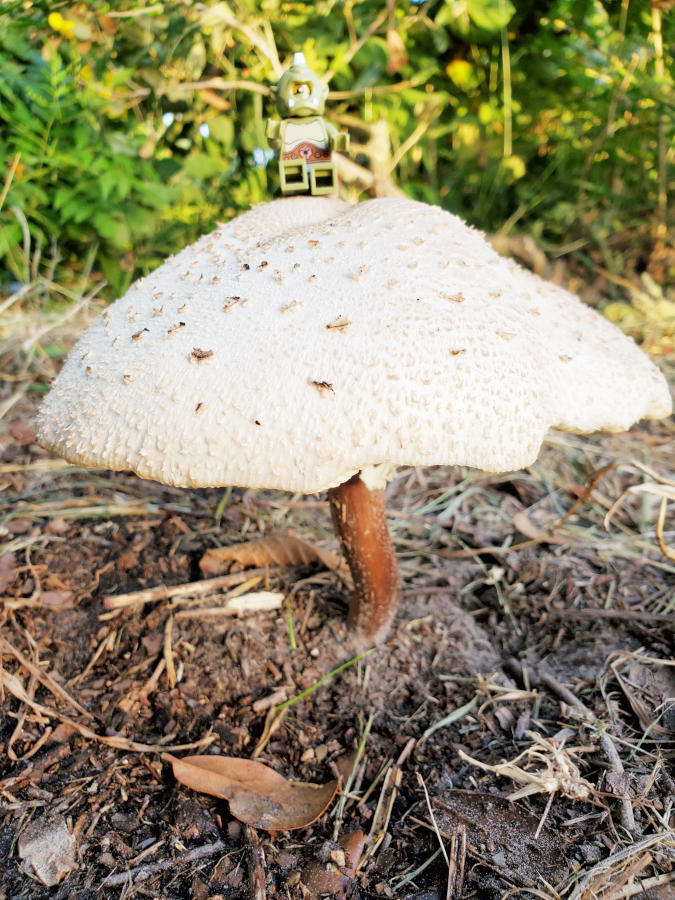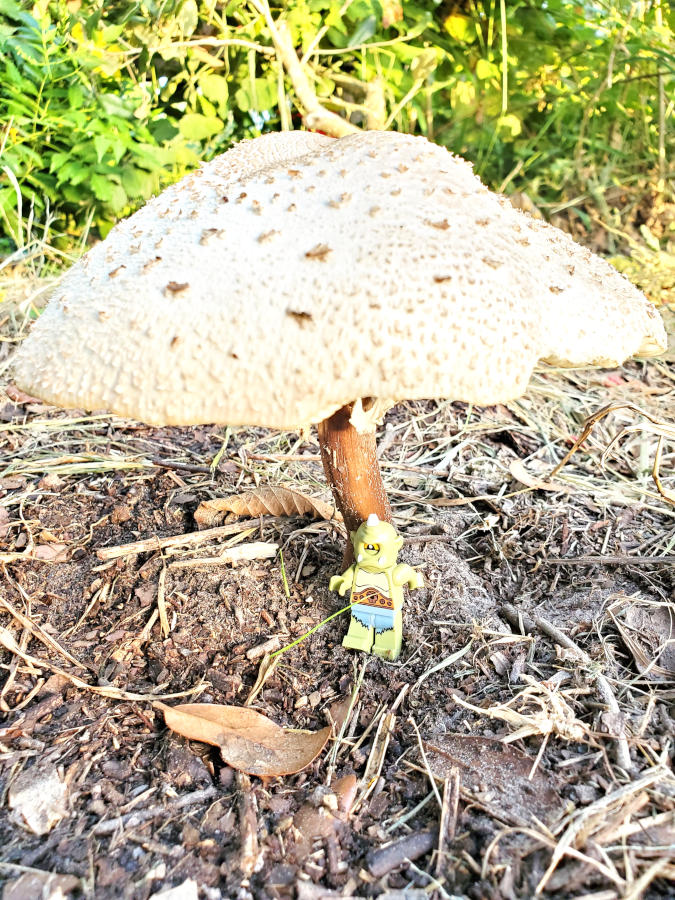
Potted Dancing
According to TAMU, “wet, cold days of winter are ideal times for transplanting plants, both native or cultivated species. Due to cold, the plants are dormant or in a state of rest, and will not suffer the shock of moving and the interruption of growth.” Well, a green thumb I am not.

Seeing my last remaining potted olive tree turn yellow and lose all its leaves again this year, I have decided to transplant it. It seemed to have worked well for the other olive tree way back in May. With luck, it will work for this one, too. These poor things have had a rough two years but they are hanging in and I want them to grow so badly. The olive trees from which I stole these saplings are big, bold, and beautiful. Boxes in Fields needs big, bold, and beautiful trees.

Poor thing, no matter which direction it is admired upon, it looks pitiful. The only saving grace is all the grass around it is dead so what little bit green it does have stands out in stark contrast. And boy howdy, does it have some yellow leaves.
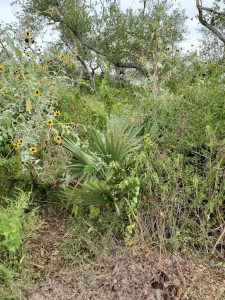
Deciding where to plant is always an issue. With Boxes in Fields house boxes still not in their final location, it is hard to know where to transplant where the plant won’t be in the way of the house, affected by the building of the house, or have its growth hindered by the house. Using the space made available by good ol’ Uncle Harvey, the olive tree which will grown upwards of 25′ in height will be planted directly in front of this sable palm.
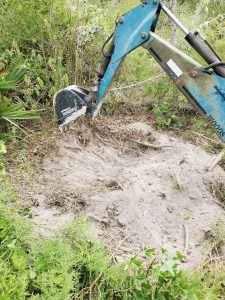
That is the fascinating thing about nature. If “native” species are left to their own devices, they can become something more beautiful than one can “manage” into submission. Cordia boissieri are trees not bushes, have fruits that while not palatable do make tasty jelly, and are low maintenance. In fact, they specialize in low maintenance in the watering department.
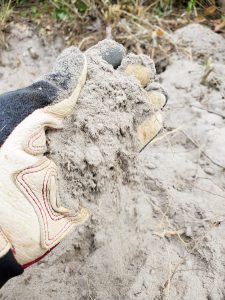
Mexican Olive trees prefer according to Lady Bird Johnson Wildflower Center, well drained caliche, sand, sandy loam, clay loam, clay, or gravel soils. With the key word being well-drained, our excessively drought dry soil should be perfect even if not planted inside a sonotube.
Unlike the previous transplant, this baby is going straight into the soil. Bark mulch was applied to stabilize the fresh dug soil, to allow for an area for water pool around when it is watered, and to help keep the chickens at bay. In fact, of all the concerns about transplanting, the chickens are my biggest fear. They are efficient and effective at scratching and I worry they will scratch the soil away. Only time will tell how this transplant will go.
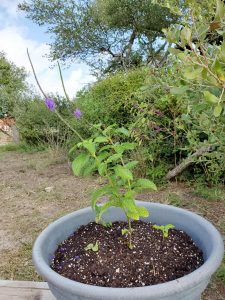
These unknown plants were also transplanted. The tall middle plant was given to me by The Sailor some months back as he has entire 5′ foot circle planted with them. Whatever they are they are PURPLE. My first non red or orange or yellow plant. I was beginning to think all plants planted were going to be colored ROY. Doing well to remember to water them, I looked down one day to see sprouts. Can you image my joy at seeing sprouts? Sprouts who came willing with no effort emitted, fabulous! Having been originally been planted within little 2-5″ seedling pots, they were all transplanted into the same pot because they do better together than singular and allowed space enough for room to grow.
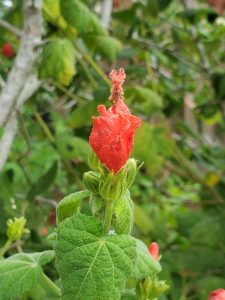
Having said it once within the last couple of months, I am gonna say it again. Nature does not give a damn. Worrying about lack of rain or too much rain, excessive heat or nor not enough heat is a human affliction. Nature does with it does with no regards to the weather. Haven’t had rain in six months, the plants just do their thing. If the rain continues to lack and they seem to die, chances are they are just lying dormant protecting their inner selves.
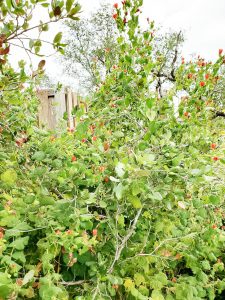
And when it does rain, just that one inch a week, or thereabouts, watch out because BAM the plants are back. In full force as if nothing had ever happened. Honestly, never once before have I seen such detailed flowerings on the Turks Cap. Never once.
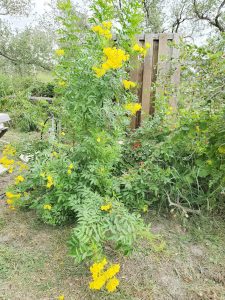
Color abounds, new growth appears, and all is right in the world. Plants hang with heavy limbs due to excessive blooms. Birds and bees abound and life has moved forward again. No thoughts given to once previous dry dormant conditions and countless hours worrying on the lack of rain. Just day to day coloring the world with beauty.
And with the fresh rains, comes the mushrooms in all shapes and sizes. Some are here today, gone tomorrow. Others, like the above pictured, take a full week to reach maximum growth and large enough to house an entire collection of LEGO minifigs. Mushrooms can be seen in potted plants, against trees bases, out in the wide open, in the compost bin, and hidden in dark damp spaces under heavy foliage. The only place they are not seen are in the chicken run. Mushrooms sprout in the most random places and amazingly are never once scratched away by the chickens either. Once established they do not have to be relocated, transplanted, or protected to live, they just live. Earthy, native, and beautiful.
